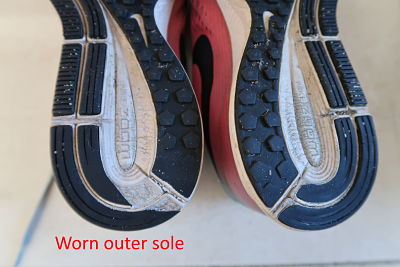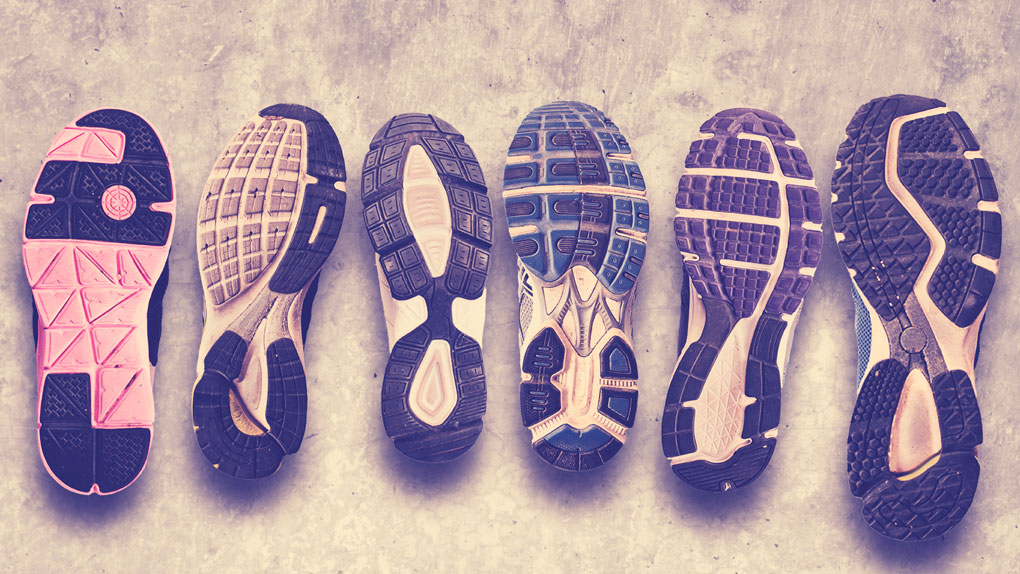When it comes to running shoes, many of us are guilty of either holding on to a beloved pair for too long or switching them out too soon. The question isn’t just about personal preference or fashion; it’s about your performance, comfort, and most importantly—your health. In this guide, we’ll break down how often you should change running shoes, share real-world experiences, and provide useful tips to make an informed decision.
The Importance of Changing Your Running Shoes
Running shoes are not just a fashion accessory; they play a crucial role in your overall running experience. Over time, running shoes lose their cushioning and support, leading to increased risk of injuries such as shin splints, plantar fasciitis, and even stress fractures. According to a study published in the Journal of Sports Sciences, shoes should be replaced regularly to maintain performance and reduce injury rates.
Understanding Shoe Lifespan
The lifespan of your running shoes can depend on several factors, including:
- Usage frequency: How often you run can significantly impact how quickly your shoes wear down.
- Running style: Runners with a heavier footstrike typically wear shoes more quickly.
- Terrain: Running on rough terrains can cause shoes to wear out faster.
- Body weight: Heavier runners may find their shoes deteriorate more rapidly.

How Long Do Running Shoes Last?
On average, most running shoes last between 300 to 500 miles (around 480 to 800 kilometers). However, this is just a guideline and may vary based on the factors mentioned above. Below is a table that summarizes the average lifespan of popular running shoe brands:

| Brand | Average Lifespan (Miles) |
|---|---|
| Nike | 300-500 |
| Adidas | 400-600 |
| Asics | 300-500 |
| Brooks | 400-700 |
| New Balance | 300-500 |
Signs That You Need New Running Shoes

Knowing when to change your shoes can be tricky. Here are some telltale signs that it might be time to consider a new pair:
1. Uneven Wear Patterns

Check the soles of your shoes. Are they wearing unevenly? This could indicate a problem with your running form or that the shoes have simply reached the end of their lifecycle.
2. Loss of Cushioning

When you run, do you feel more impact than you used to? This loss of cushioning is often one of the first indicators that your shoes need changing.
3. Discomfort or Pain

If you start experiencing pain or discomfort during or after runs that you didn’t have before, your shoes could be to blame.
4. Visible Damage

Look out for any visible cracks or tears in your shoe, as these can affect performance and comfort.
Case Studies: Running Experiences with Worn Shoes
Let’s look at real-world experiences from runners who have dealt with the effects of not changing their shoes often enough.
Case Study 1: Sarah’s Journey
Sarah, a marathon runner, used to think she could stretch the life of her $160 sneakers. After completing a few hundred miles, she noticed that her knee pain began to worsen. A visit to her doctor confirmed that her shoes had lost their structural integrity. After investing in a new pair, her discomfort decreased significantly, and she returned to pain-free running.
Case Study 2: Mark’s Mistake
Mark, an occasional jogger, would replace his shoes only when they started to look shabby. After several months of running in the same pair, he developed plantar fasciitis. It took months of recovery, and Mark learned his lesson—waiting for visible signs of wear can lead to long-term injuries.
Tips for Choosing the Right Running Shoes
Choosing the right running shoe can make all the difference in your performance and comfort. Here are some tips:
1. Get Fitted
Visit a specialty running store to get a professional fitting. This can help you find shoes that cater to your foot type and running style.
2. Try Before You Buy
Always test shoes on a treadmill or in the store. Ensure there’s enough room for your toes and that the shoe feels comfortable.
3. Consider Your Needs
If you’re training for a specific event, consider shoes tailored for your terrain and running distance.
4. Track Your Mileage
Keep a log of your running mileage to help you remember when it’s time to replace your shoes.
Product Highlights: Best Running Shoes to Consider
When it comes time to replace your running shoes, here are some top-rated options based on performance, comfort, and value:
1. Nike Air Zoom Pegasus 39
- Pros: Excellent cushioning, lightweight, versatile.
- Cons: May not suit wider feet.
2. Brooks Ghost 14
- Pros: Great for neutral runners, ample cushioning, smooth ride.
- Cons: Slightly heavier than competitors.
3. Asics Gel-Kayano 28
- Pros: Supportive, great for stability, durable.
- Cons: Higher price point.
Comparative Analysis: Running Shoe Brands
Understanding the differences between various brands can help you find the best shoe for your needs. Below is a comparison of key features:
| Brand | Style | Cushioning Level | Foot Type |
|---|---|---|---|
| Nike | Neutral | High | Normal, Neutral |
| Adidas | Stability | Medium | Overpronators |
| Asics | Neutral | High | Normal, Neutral |
| Brooks | Stability | Medium | Overpronators |
Pros and Cons of Changing Shoes Regularly
Changing running shoes regularly has both advantages and disadvantages. Below are some pros and cons to consider:
Pros:
- Improved Comfort: Fresh shoes offer better cushioning and support.
- Reduced Injury Risk: New shoes are less likely to cause stress injuries.
- Enhanced Performance: Better traction and support can improve overall performance.
Cons:
- Cost: Regularly purchasing new shoes can become expensive.
- Environmental Impact: Increased waste from discarded shoes.
FAQs
1. How can I tell when my running shoes are worn out?
Look for signs of uneven wear, loss of cushioning, visible damage, and any discomfort while running.
2. Is it better to replace shoes based on mileage or wear?
Both metrics are important. Keep track of mileage but also pay attention to how your shoes feel.
3. Can I use the same shoes for different types of activity?
While it’s possible, specialized shoes are designed for specific activities and may perform better than a general pair.
4. How often should I rotate my running shoes?
If you run frequently, consider rotating between two pairs to extend their lifespan and ensure more support and comfort.
5. Do expensive shoes last longer than cheaper options?
Not necessarily. The lifespan depends more on the materials used and how often you use them, regardless of price.
6. Can I repair my running shoes?
In some cases, replacing the insoles or having them resoled can extend their life, but it’s often more cost-effective to buy a new pair.
7. How do I clean my running shoes?
Remove laces and insoles, wash with mild soap, and let them air dry to maintain shape and integrity.
8. What should I do with my old running shoes?
Consider donating them, recycling, or repurposing them for other activities.
9. Do all running shoes need to be replaced after a certain mileage?
Not all shoes wear out at the same rate; consider personal comfort and shoe condition alongside mileage.
Conclusion
Understanding when and why to change your running shoes is essential for maintaining a healthy and enjoyable running routine. With various factors influencing shoe lifespan, it’s crucial to stay informed and mindful of your footwear. Remember, your shoes are the foundation of your running experience, so invest wisely and keep your feet happy!
For more insights on footwear care and running tips, be sure to explore resources like Runner’s World and ScienceDirect.